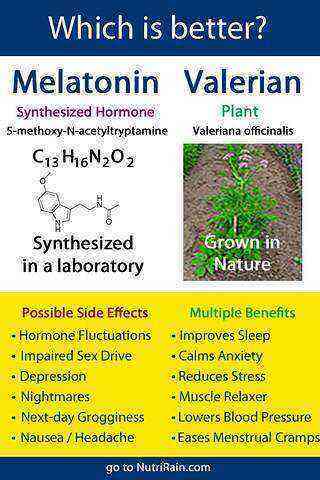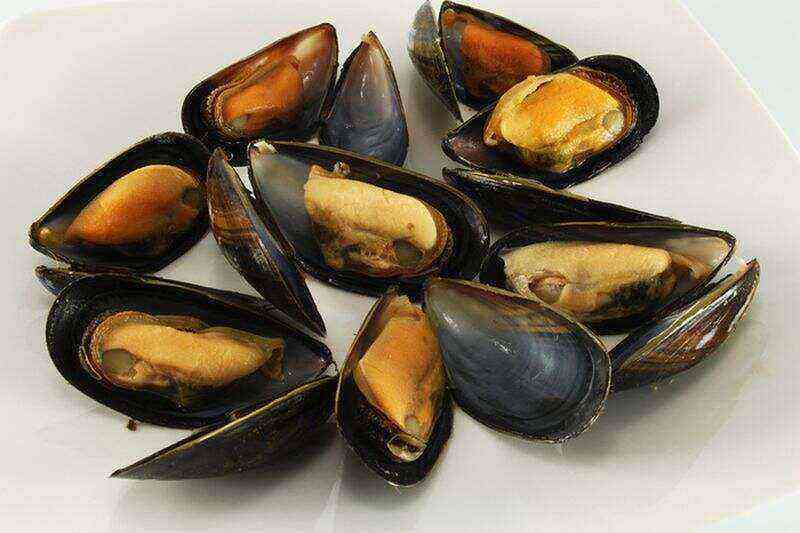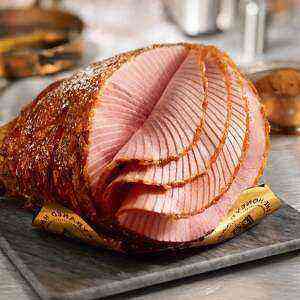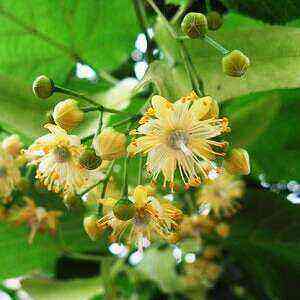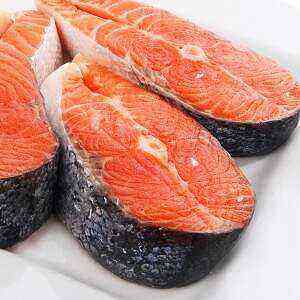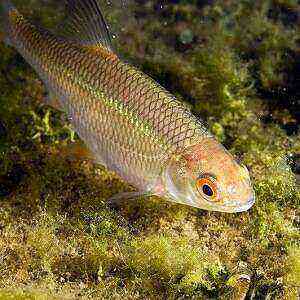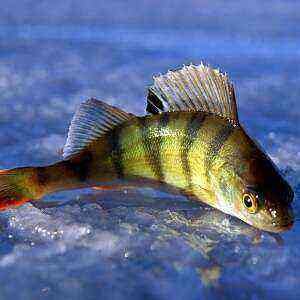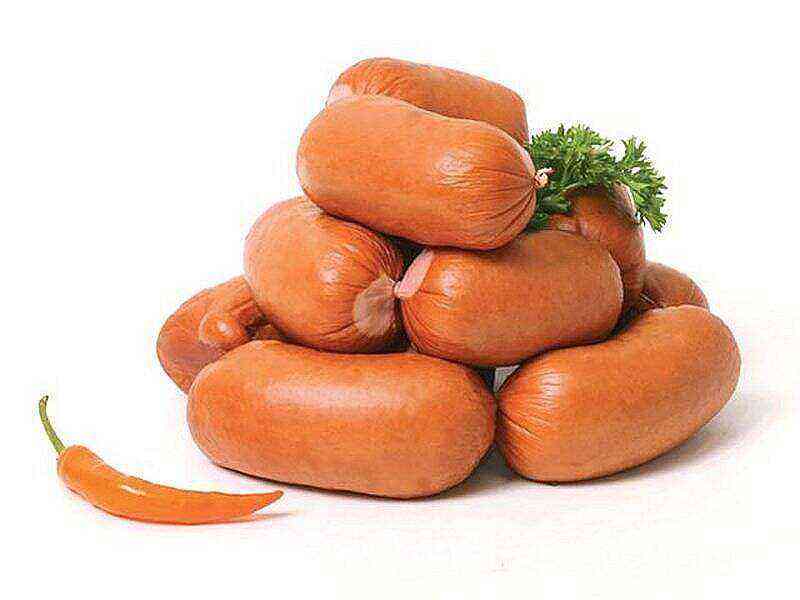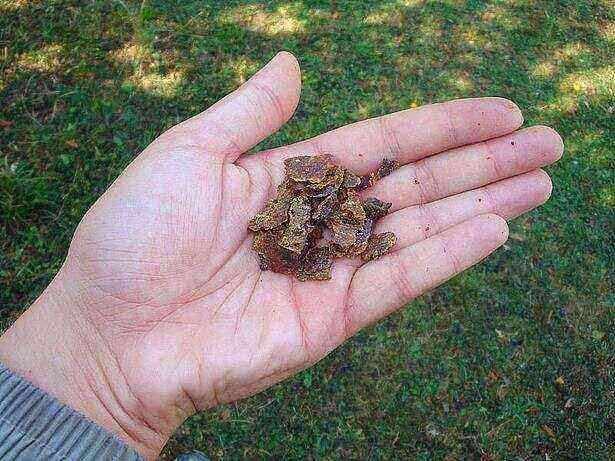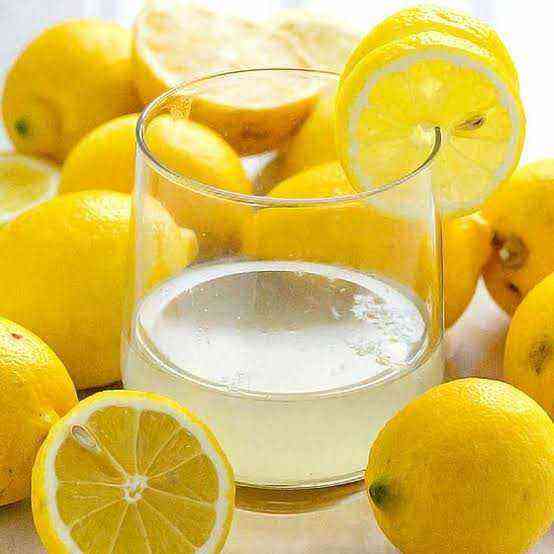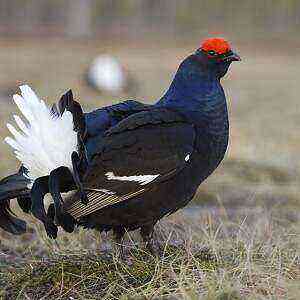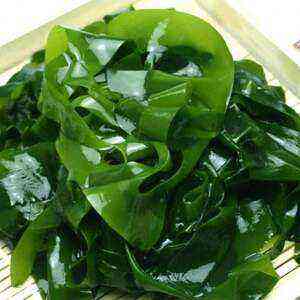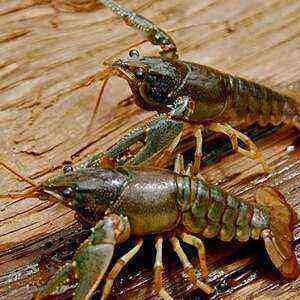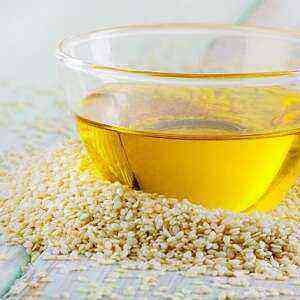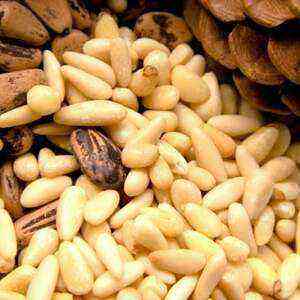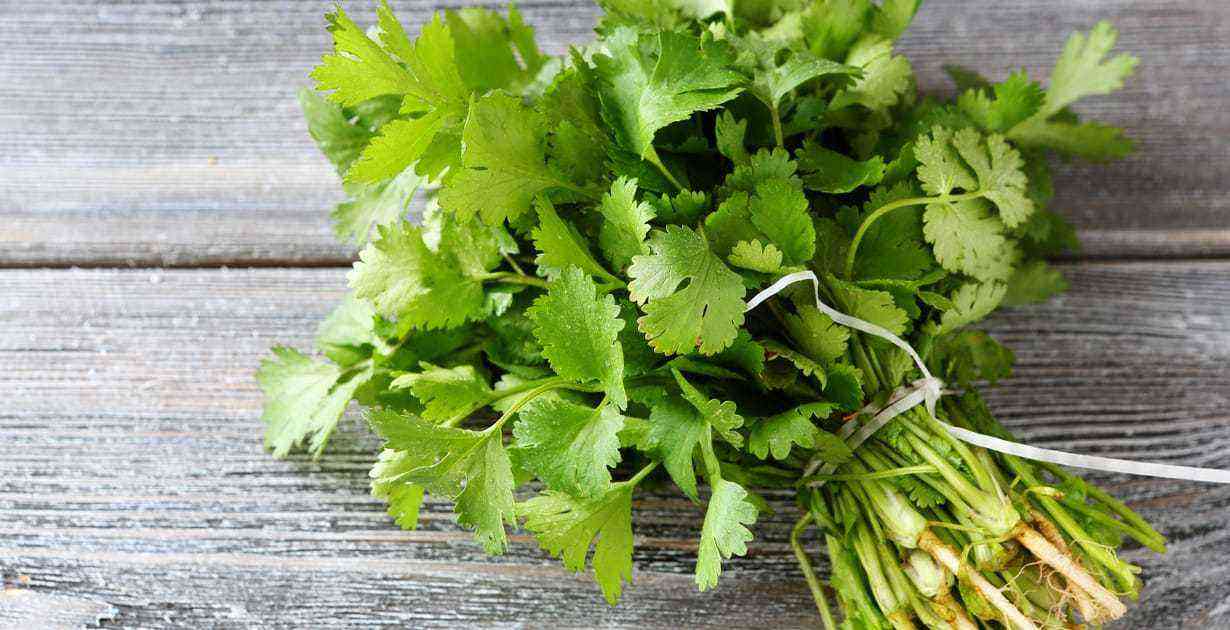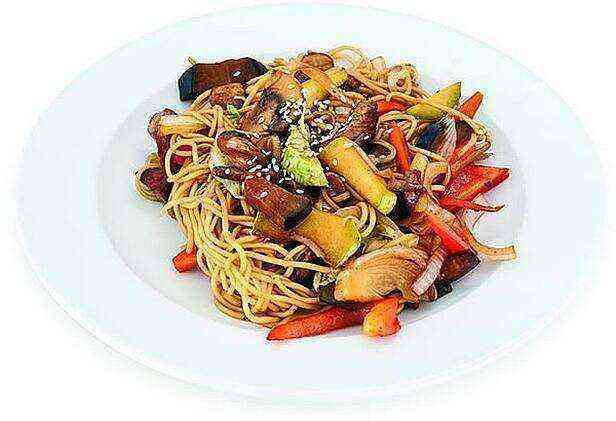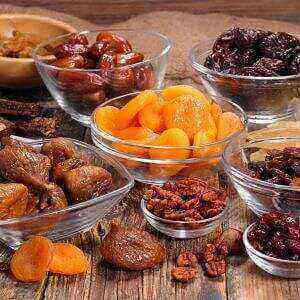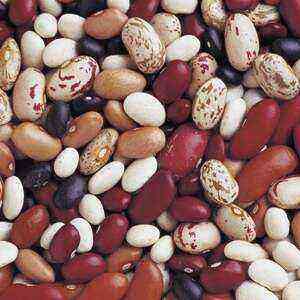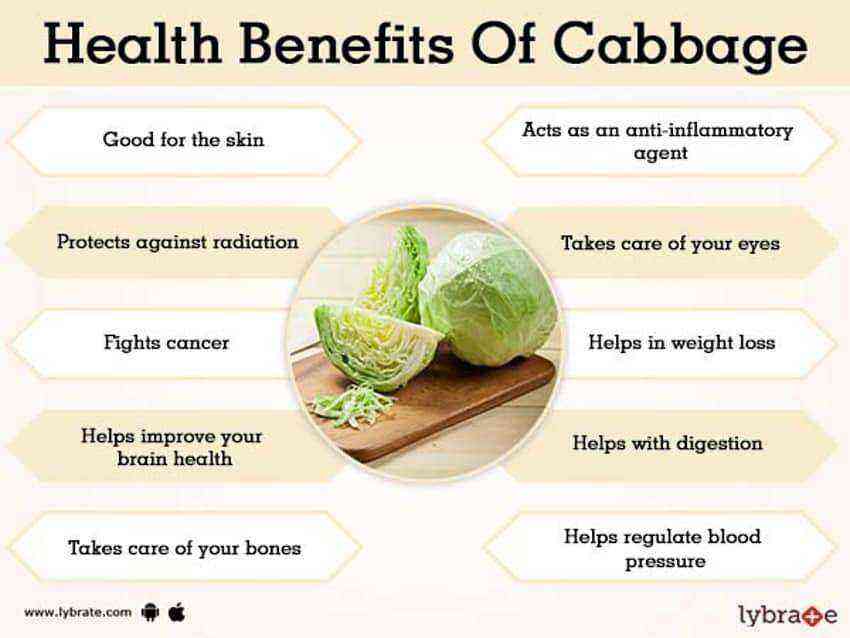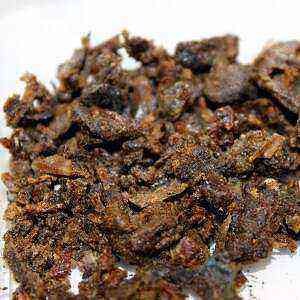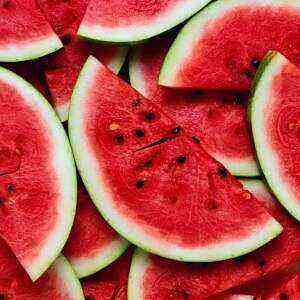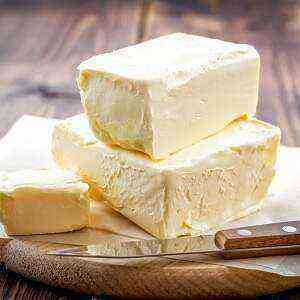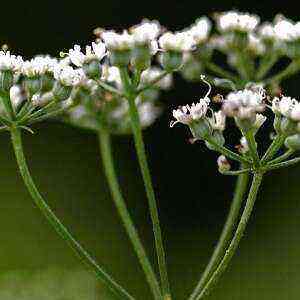
In taste and medicinal properties, mustard oil is superior to olive. Its chemical composition is represented by volatile ethers, healthy fats like omega, vitamins A, B, C, K and minerals. The product enhances the secretion of gastric juice, promotes expectoration of sputum in diseases of the respiratory system, increases sex drive, suppresses pathogenic flora, accelerates tissue regeneration. In addition, glycoside structures were found in mustard seeds, due to which the plant has a pronounced blood-stimulating effect.
Botanical description and species
Mustard is an annual cold-resistant plant, reaching 25-90 cm in height. Stem erect stiff hair with a small number of branches. Leaves alternate pinnacular with notches along the edges. As they “climb” along the stem, the plates are reduced, and the stalk shortens. Flowers of a golden yellow shade, collected in large umbrella-bristle brush on 25-100 buds.
The fruit is a lumpy thin pod filled with small round seeds. The flowering period of the culture is in May, and the fruiting period is in June. The plant is not picky about growing conditions and develops well on almost all types of soil (except for sandstones). In the process of growth, the roots of representatives of cruciferous plants release substances into the soil that have a powerful phytosanitary effect. Thus, mustard is an excellent precursor for crops and cereals. The plant releases the field early. Interestingly, the plowing of mustard in late autumn contributes to the death of the wireworm (a common pest).
The birthplace of culture is the Mediterranean, from where it spread to almost all continents.
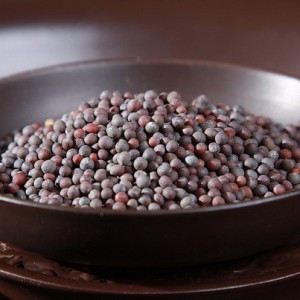
- White mustard (English). It has a mild taste (not spicy) and a subtle sweetish smell. White mustard seeds are used to make spicy powder and edible oil. This product goes well with garlic, cinnamon, allspice, coriander, honey and olives.
- Black mustard (French). The seeds of the plant are colored in a red-brown shade and have a pronounced sharp taste. Black mustard is used both in cooking (for making sauces) and in pharmaceuticals (for creating patches and galenic medicines). In addition, the seed cake of this crop is used in agriculture as a siderat (green fertilizer).
- Sarepta mustard (Russian). The most pungent and oily plant variety, in 100 g of seeds which contains up to 49% of beneficial fat. Table mustard is made from grains of sarep varieties, and powder for mustard plasters is obtained from oil cake.
- Field mustard. Harmful weed that serves as a “reservoir” for insect pests. Despite the fact that field mustard is not to be eaten, it is permissible to use for feeding farm animals.
In addition, there is the Abyssinian variety, which is used to create the oil crambe used in cosmetology.
Benefit or harm
Mustard is one of the most useful spices that has antibacterial, warming, anti-inflammatory, tonic and expectorant effects on the human body. Given that the product accelerates the transformation of fats, it is widely used in programs for losing weight. In addition, now mustard has gained fame as a mild laxative, choleretic and antioxidant.
Medicinal properties:
- Stimulates appetite, speeds up metabolism, increases saliva production.
- Thins phlegm, promotes expectoration.
- It has a warming effect (when applied externally), relieves muscle pain, accelerates wound healing.
- Enhances cerebral circulation, thereby improving the cognitive functions of the brain.
- Increases sexual desire (libido).
- Neutralizes the effect of free radicals, slows the aging process.
- Stimulates the secretion of digestive glands, improves the absorption of fat and protein foods, eliminates flatulence.
- Suppresses pathogenic flora, neutralizes the effects of toxins and slags.
- It reduces the frequency of asthma attacks, reduces the intensity of rheumatic arthritis, relieves pain in the joints.
- Stimulates the regeneration of tissues and cells, strengthens the vocal cords.

Mustard is contraindicated in:
- increased acidity of the stomach;
- pulmonary tuberculosis;
- pathologies of the kidneys (especially in jade and pyelonephritis);
- gastritis, enterocolitis, ulcers;
- varicose veins (for external use);
- food allergies;
- individual intolerance;
- childhood (up to 3’s).
In addition, you should not eat seasoning at night, because its sharp taste irritates the receptors, as a result, you may experience problems with falling asleep.
Remember, the abuse of mustard threatens with shortness of breath, bradycardia, inflammation of the gastric mucosa, exacerbation of ulcers.
Chemical composition
Mustard is a low-calorie product, 100 g of which contains 70 kcal. At the same time, the seeds of the culture are a natural source of vegetable and essential oils, used both in cooking and in pharmacology.
Table № 2 “The chemical composition of mustard”
Name
Nutrient concentration in 100 g product, milligrams
Vitamins
Choline (B4) 22,4 Ascorbic acid (C) 1,5 Niacin (B3) 0,52 Alpha-tocopherol (E) 0,36 Thiamine (B1) 0,34 Pantothenic acid (B5) 0,3 Pyridoxine (B6) 0,06 Riboflavin (B2) 0,03 Folic acid (B9) 0,007 Beta-carotene (A) 0,004 Phylloquinone (K) 0,002
Macronutrients
Натрий
1135
Калий
138
Фосфор
106
Кальций
58
Магний
49
Trace Elements
Железо
1,51
Цинк
0,64
Марганец
0,42
Медь
0,09
Селен
0,033
Фтор
0,001
Table № 3 “Amino acid composition of mustard”
Name
Protein content in 100 g product, grams
Глутаминовая кислота
0,75
Аспарагиновая кислота
0,4
Пролин
0,37
Лейцин
0,3
Лизин
0,27
Аргинин
0,26
Глицин
0,24
Серин
0,21
Валин
0,2
Фенилаланин
0,17
Треонин
0,17
Изолейцин
0,15
Тирозин
0,14
Гистидин
0,12
Метионин
0,08
Триптофан
0,01
The composition of mustard grains includes glycosides, enzymes, esters and organic acids, which have powerful bactericidal and antioxidant effects on the body.
Used in cosmetics

Effects of seasoning:
- It activates metabolic processes in the dermis, restores cellular balance.
- Improves skin tone, levels its relief, eliminates the “traces” of acne.
- Normalizes the sebaceous glands, cleans the pores.
- Lightens age spots and freckles.
- Reduces the severity of inflammation, dries acne and pimples.
- It smoothes small wrinkles, improves skin turgor.
- Stimulates the production of collagen and elastin.
- It improves blood flow to the dermis, tones the stratum corneum, activates hair growth, strengthens the cuticle.
- It nourishes and moisturizes the dermis.
Remember, mustard is an aggressive seasoning that can easily burn dry, irritated dermis. In view of this, owners of dehydrated skin are advised to perform masks based on it exclusively through thin flannel tissue, avoiding contact with mucous and sensitive integuments of the body.
With a combined type of derma, mustard makeup is applied to the face after it has been pre-moistened with olive oil.
Useful tips:
- To make homemade masks, use only dry mustard powder (ground by hand).
- The maximum duration of exposure of mustard products on the skin is 10 minutes.
- Mustard masks are best applied in the evening (2 hours before bedtime), because after the procedure the dermis will be red for a while.
- Given that the seasoning dries the skin, owners of greasy hair should not make mustard masks more often 5 once a month. For dry dermis, 3 is better limited to procedures. After 6 months, the treatment is repeated.
- To enhance the cosmetic effect after the mustard “care”, a nourishing mask is applied on the face.
- To reduce the aggressive effects of seasoning on the scalp, mustard products are applied to it later 3 days after washing the hair.

Before using the products, you should first test the skin for allergies. To do this, a spicy mass is applied to the inner elbow bend and the reaction of the dermis is monitored. The appearance of a strong burning sensation or redness is the first reason why you should stop using mustard-based beauty recipes. In the absence of a reaction to the composition on the part of the body, the seasoning can be added to the composition of the masks.
Homemade beauty recipes
- Mask for problem acne. Ingredients: 30 ml of water, 20 g of turmeric, 15 g of mustard powder, 2 drops of lemon juice. Combine these components, and then apply the mixture to the affected area (point). After 10 minutes, the face is rinsed with warm water.
The composition has a powerful anti-inflammatory, bactericidal and cleansing effect.
- Whitening face mask. Principle of preparation: pour 15 g of mustard powder into 30 ml of purified water. Protome mixture 10 minutes in a water bath. After cooling, add 25 ml of natural honey, 15 ml of lemon juice and 0,3 ml of almond oil to the solution.
The tool is used to align the skin tone, soften the dermis, remove freckles and age spots.
- Mask for mature skin. Mix 25 ml of sour cream (thermostat), 20 g of finely chopped parsley, 15 g of mustard (chopped). Apply the composition to the cleaned epidermis after the make-up removal procedure.
The composition perfectly tones the skin, smoothes wrinkles, improves the complexion, accelerates regeneration.
- A cleansing mask for any type of dermis. The composition is prepared on the basis of mustard and oatmeal. To do this, these components are mixed in equal proportions (15 g each), and then pour 30 ml of hot water (90 degrees). After cooling, the mixture is combined with cream (15 ml) and lemon juice (0,3 ml).
The mask is used to even out skin tone, clean the surface pores, smooth fine wrinkles.
- Cellulite wraps. To combat the orange peel, combine 45 ml of lime honey and 30 g of chopped mustard. The mixture is rubbed into problem areas with massaging movements, and then the body is wrapped in cling film. After 50 minutes, the mask is washed off with hot and then cold water. The frequency of the procedure is 2 times a week.
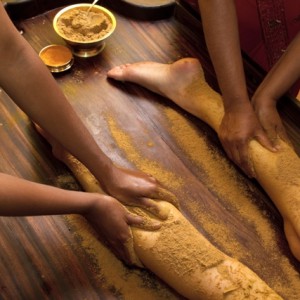
- Mask to stimulate hair growth. Active ingredients: 30 g of mustard powder, 30 ml of nettle broth, 15 ml of brandy, 15 ml of fat almond oil. Rub the prepared mixture into the root zone of the hair. The holding time of the composition is 10 minutes.
With regular use of mustard “cosmetics” not only improves the appearance of the skin, but also slows down the aging process. In the process of working with a burning seasoning, follow the safety rules: do not apply the composition to the skin with injuries (cuts, scratches), avoid the area around the eyes.
Application in folk medicine
Given that mustard is rich in essential oil, it is often used for wraps, baths and warming procedures. When applied externally, seasoning contributes to the resorption of foci of inflammation, dilation of blood vessels, and reduction of pain.
Folk recipes:
- Foot baths for colds. Dissolve 60 g of mustard powder in 6 l of hot liquid, and then lower your feet into the “hot” solution. After 15 minutes, wipe your feet dry and put on woolen socks. This procedure is carried out immediately after the appearance of the first signs of the disease: discomfort in the throat, aching muscles, nasal congestion. Along with this, foot baths are effective for bronchitis, joint pain and a sharp increase in blood pressure.
With varicose veins, the procedure is better to refuse.
- Mouthwash. For the preparation of antiseptic solution will need: dry mustard (10 g), sea salt (10 g), lemon juice (5 ml), honey (5 ml). These components pour boiling water (250 ml), and then insist a quarter of an hour in a thermos. The tool is indicated for oral irrigation for colds, sore throat and pharyngitis.
- Phyto-composition for the treatment of articular rheumatism. Components: 90 ml of medical alcohol (70%), 50 g of mustard powder, 40 ml of camphor oil (10%), egg white. After mixing, move the raw materials to a cold place for 2-e days. The resulting mixture is applied to a gauze cut (folded in an 3 layer) and then applied to the affected area. From above the compress is covered with cellophane and cotton cloth, fixed with a bandage, left on 2 h.
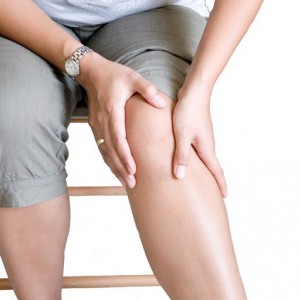
- Heating bath for neuralgia. To reduce pain in the nerve innervation zone, you will need to prepare a medicinal mixture of mustard powder. To do this, 200 g of crushed raw materials are poured into 300 ml of boiling water, stirred thoroughly, and then added to a bath filled with water. The optimum temperature of the liquid is 37-38 degrees, the duration of immersion in water is 10 minutes.
After taking the bath, the body is washed with warm water and then placed on the bed for 1,5 hours. This procedure can be applied for bronchitis, pneumonia, acute respiratory diseases, as well as after a long stay in the cold (as a cold prevention).
- Express remedy for migraine. In 2 liter of hot water, dissolve 150 g of freshly ground mustard powder. Cool down to 38 degrees. For migraine, place both hands in a warm solution for 10 minutes. Headache should calm down.
Remember, procedures with the use of mustard can be carried out only in intact areas of the skin where there are no abrasions, scratches, rashes and irritations.
Assistant in the household
Mustard is one of the few seasonings used not only in cooking and pharmacology, but also in everyday life.
Household application:
- Dishwashing liquid. Mustard, due to the content of allyl oil, perfectly removes fatty deposits from kitchen utensils. To wash off dirt, the dishes are soaked in a hot powder (diluted with water) for 5-10 minutes, after which it is washed under running water.
- Neutralizer odor. In order to eliminate unwanted flavor, ingrained in plastic dishes or other kitchen utensils, 10 g of chopped mustard is poured into it. After that, 150 ml of liquid is poured into the container and shaken vigorously. After 5 minutes, the dishes are washed with hot water.

- Stain remover. Mustard copes well with old dirt and unwanted odors on wool fabrics. It is advisable to use a hot seasoning instead of a powder for soaking (200 g of dry mix on 10 l of water) and automatic washes (50-100 of mustard per machine).
The optimal duration of soaking laundry in mustard liquid is 3 hours. After washing, woolen items must be rinsed in water, to which ammonia is added.
- Preservative Mustard will help preserve meat without a refrigerator, as it prevents rotting. To lengthen the shelf life of raw materials, it is thickly coated with natural burning seasoning.
- Insecticide for garden pests. Mustard powder is used to control earthen fleas, caterpillars, aphids, moths, thrips and slugs. For spraying fruit crops, a solution is prepared based on the calculation of 100 g of seasoning per 10 liters of water. The duration of the infusion of the liquid is 1,5 days. Laundry soap (one third of a piece) is added to the mixture before irrigation.
In addition, mustard is an excellent green manure used as a green fertilizer to enrich the soil with nutrients and inhibit the growth of weeds.
Criterias of choice
When buying seasoning, first of all, pay attention to its ingredient composition. High-quality mustard includes only natural ingredients. Namely, grains (not powder), alcohol or apple cider vinegar (instead of vinegar essence). In addition, cloves, bay leaves, nutmeg, garlic, horseradish, salt and sugar may be in the hot mix. If the product contains essential oil, starch or additives with the abbreviation “E”, the manufacturer used low-quality raw materials. The exceptions are citric acid (E330) and curcumin (E100).
Criterias of choice:
- Consistency and color. The finished quality mustard has a uniform structure and a yellowish tint (sometimes light brown). Gray seasoning indicates the presence of low-grade mustard powder. In addition, the consistency of a natural sauce is homogeneous without visible stratifications and lumps.
- The shape and structure of whole seeds. Grains of high-quality mustard, as a rule, are of the same size without crevices and dark spots. The presence of defects on the raw materials signals about its improper storage or infection by pests.
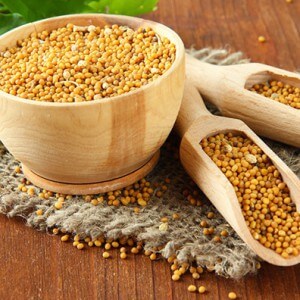
- Packaging. Liquid mustard is best purchased in a transparent glass container to visually assess the quality of the product. If oil droplets, blisters, exfoliations or a dark dry crust are visible on its surface, the product is spoiled.
- Producing country. When choosing mustard, it is important to pay attention to the harvesting region, as its sharpness and taste depend on it. Thus, Polish and Russian spices are recognized as the most pungent sauces, and American and European spices are “softer”.
- Aroma and taste. Quality mustard grains have a subtle, pungent odor that occurs mainly when chewed. Moreover, for yellow varieties, a sweetish taste with a slight bitterness is characteristic, and for brown varieties – a pungent “burning” mouth cavity.
The shelf life of natural mustard is 45 days (at a temperature of 5-10 degrees). If the storage period of the product (indicated on the package) exceeds this limit, preservatives are added to the raw materials.
Cooking application
Mustard – savory seasoning, emphasizing the taste of dishes from fish, meat, mushrooms and vegetables. In addition, due to its antibacterial properties and the “ability” to convert the emulsion into fats, the product is used to create a variety of sauces and increase the shelf life of perishable food (as a preservative).
How to make homemade mustard
For the sauce, it is better to use fresh whole grains, which are ground just before making the dish. After grinding, the mustard flour is sieved through a fine sieve. This procedure is performed in order to prevent large particles of the shell and impurities from entering the finished mixture.
Home Mustard (Dijon)
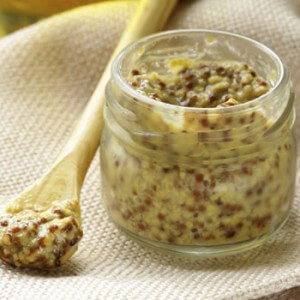
- dry wine – 180 g;
- mustard powder (from black seeds) – 55 g;
- onions – 1 pcs;
- liquid honey – 40 g;
- vegetable oil (preferably olive) – 35 g;
- garlic – 20 g (2 prongs);
- Tabasco sauce – 15 g;
- tomato paste – 10 g;
- sea salt – 5 g.
Principle of preparation:
- Chop the onion into large slices, shift to a small saucepan.
- Pour onion with dry wine, put on fire. After boiling, fasten the fire, boil the raw 5 minutes.
- Strain the hot wine decoction through a colander, combine with sea salt and mustard powder. Mix thoroughly.
- Add vegetable oil, tabasco sauce and liquid honey to the cooled dressing.
- Boil the mustard mixture over low heat until a homogeneous thick mass (3-5 minutes).
- Place the gas station in a cool place until it thickens.
Dijon mustard blends in well with vegetable snacks, meat side dishes, sausages and red fish.
Wholegrain mustard recipe
Ingredients:
- apple or wine vinegar – 100 ml;
- whole mustard seeds (black and yellow) – 100 g;
- light beer – 50 ml;
- honey to taste.
Method of preparation:
- Pour the mustard seeds with apple cider vinegar.
- Add light beer to the hot mix, mix thoroughly, cover with cling film.
- Insist mustard dressing warm for 9 hours.
- Add honey or sugar to swollen grains.
- Grind the mixture using a blender.
If the sauce is too thick, you can add 20-50 ml of water during the whipping process.
- Put the finished mustard in a glass dish and then put it in the fridge.
The shelf life of home gas station is one month.
Conclusion
Mustard is one of the most popular seasonings in cooking used as a side dish for meat, fish and vegetable dishes. In addition, it is used as a natural emulsifier for the preparation of marinades, dressings and sauces. Considering that mustard is a natural source of volatile esters, glycosides and organic acids, it is successfully used for pharmacological purposes. The product improves metabolism, stimulates digestion, accelerates tissue regeneration, suppresses pathogenic flora, improves the absorption of fatty foods, and promotes the release of sputum. Along with this, mustard is used in cosmetology for the care of oily, acne and problem skin.
Remember, mustard is an aggressive spice containing erucic acid that does not break down in the body. Because of this, use the product (especially unrefined oil) with caution, no more than 30 g per day, because its accumulation in the body can cause inflammation in the heart muscle.
